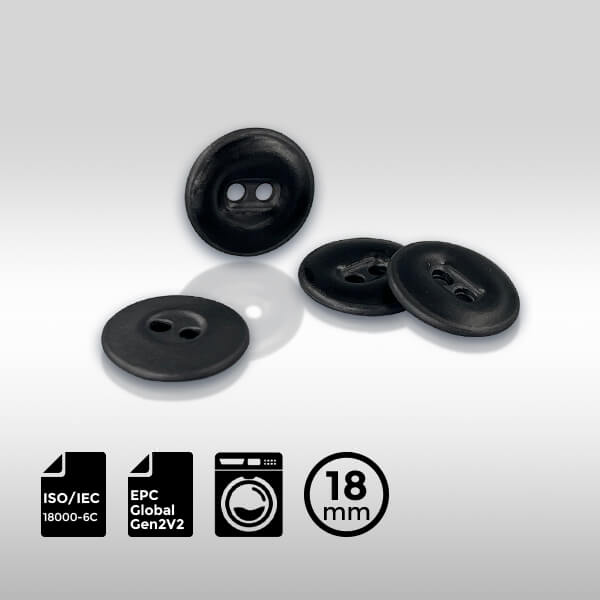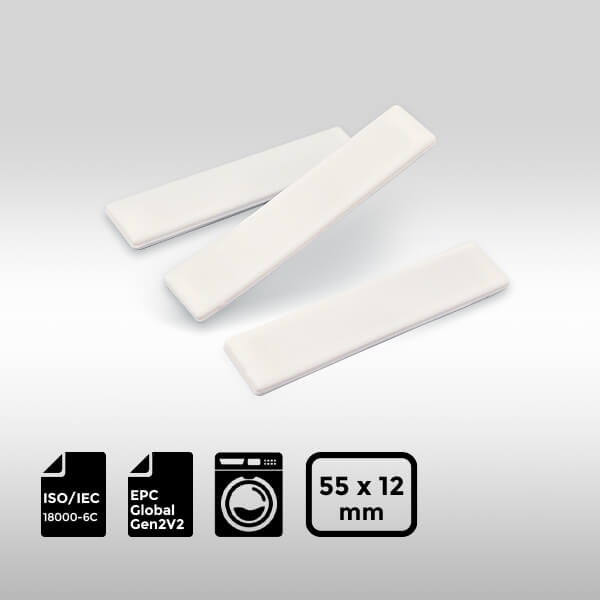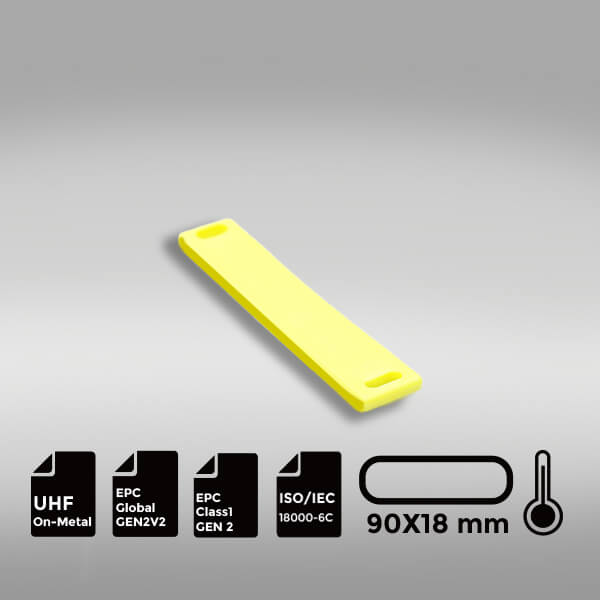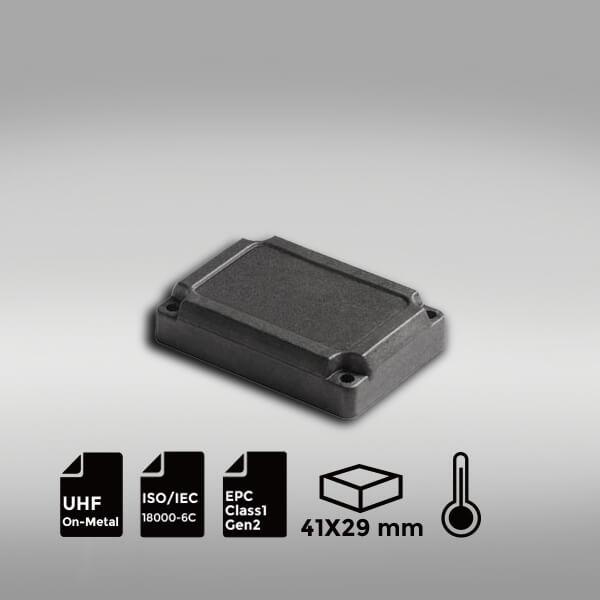The Complete Guide to Programming RFID Tags for Business Applications

RFID technology has become indispensable across industries, with the global RFID market projected to reach $40.5 billion by 2029. Whether you’re managing inventory, securing assets, or enhancing customer experiences, proper RFID tag programming is the foundation of successful implementation. This comprehensive guide reveals professional techniques used by industry leaders to maximize RFID performance.

Understanding RFID Tag Architecture
Core Components
- Microchip: Stores 96-bit to 8KB data with unique identifiers
- Antenna: Determines read range (1cm to 15m)
- Substrate: Durable materials withstand industrial environments
Power Systems
- Passive: Reader-powered (most common)
- Active: Battery-powered (long-range tracking)
- Semi-passive: Hybrid solution
The Professional Programming Toolkit
| Component | Professional Recommendation | Enterprise Solutions |
|---|---|---|
| Readers | Impinj R700 for UHF | Zebra RFD8500 for mobile |
| Software | Impinj ItemTest | NXP TagXplorer |
| Development | Python SDK | C++ Embedded Systems |
| Testing | Keysight RFID IQ | Voyantic Tagformance |
Step-by-Step Professional Programming
1. Chip Selection Matrix
| Chip | Frequency | Memory | Ideal Use Case |
|---|---|---|---|
| T5577 | LF (125KHz) | 41 bytes | Access control |
| NTAG 424 DNA | HF (13.56MHz) | 416 bytes | Anti-counterfeiting |
| UCODE DNA | UHF (860-960MHz) | 3KB | Supply chain |
2. Enterprise-Grade Setup
- Deploy industrial RFID readers with API connectivity
- Implement middleware for system integration
- Configure multi-antenna arrays for coverage
3. Advanced Programming Techniques
- Memory partitioning for mixed data types
- Implementing AES-128 encryption
- Setting kill passwords for disposable tags
- Configuring sensor-enabled tags
4. Validation Protocol
- Conduct read range stress tests
- Verify data integrity checks
- Test interference resistance
- Validate multi-tag collision handling
Professional-Grade RFID Solutions




Expert Implementation Tips
- Memory Optimization: Structure data to maximize tag capacity
- Interference Mitigation: Tune antennas for metal/liquid environments
- Security Protocols: Implement rotating encryption keys
- Lifecycle Management: Plan for tag replacement cycles
Frequently Asked Questions
What’s the maximum data capacity for RFID tags?
Modern NFC tags (like NTAG 424 DNA) support up to 888 bytes, while UHF tags typically offer 96-512 bits for EPC plus optional user memory.
How do we ensure programming consistency at scale?
Industrial encoding stations with automated verification systems can program up to 10,000 tags/hour with 99.99% accuracy.
What about GDPR compliance?
Our enterprise tags support cryptographic privacy features and data expiration protocols to ensure compliance with global regulations.

RFID Antenna UHF
15-Meter Cable for UHF RFID Fixed Reader
UHF Tag
4″x2″ 860-960MHz UHF RFID Label RFID M4D
UHF Tag
4″x4″UHF RFID Label Alien H3 | ISO18000-6C
RFID Antenna UHF
5-Meter Cable for UHF RFID Fixed Reader
HF Card
ABS RFID KEY-FOB Tag RFID Classic 1K
HF Card
ABS RFID KEY-FOB Tag RFID Classic 4K
HF Card
ABS RFID KEY-FOB Tag RFID Ultralight C
HF Tag
ABS RFID KEY-FOB Tag RFID Ultralight EV1
LF Card
ABS RFID KEY-FOB Tag ATA5577
LF Card
ABS RFID KEY-FOB Tag EM4200
HF Card
ABS RFID KEY-FOB Tag EM4305
HF Card
ABS RFID KEY-FOB Tag RFID TAG 213